Do you have a question about the Bryant 280ANV EVOLUTION EXTREME and is the answer not in the manual?
Explains safety symbols (Danger, Warning, Caution, Note) and general safety advice before operating.
Details severe hazards from improper installation, adjustment, or service, leading to injury, death, or damage.
Explains the 'split system' design and where to find model and serial numbers for reference.
Guide to controlling the system via the wall-mounted Evolution Control and its software requirements.
Instructions on setting the System/Mode, Temperature, and Fan controls for heating and cooling.
Factors affecting longer run times, such as door openings, high occupancy, and open drapes.
Key features like constant air flow, defrost cycle phenomena (steam/fog), and unit elevation in snowy areas.
Warning to disconnect all electrical power before performing maintenance.
Caution regarding sharp edges and the need for protective gear when handling unit parts.
Importance of keeping the air filter clean to maintain efficiency and unit life.
Instruction to avoid blocking floor, wall, or ceiling vents to maintain airflow and efficiency.
Ensures unrestricted airflow to the outdoor unit by not covering or blocking it.
Check for clogs in the condensate drain system to ensure proper humidity removal.
Specifies cooling mode limits (below 55°F) and heating mode limits (above 66°F) without modification.
Periodically check and remove debris around the outdoor unit base for proper drainage.
Importance of keeping the outdoor unit level to ensure proper drainage and prevent water accumulation.
Verify indoor/outdoor disconnect switches and main electrical panel breakers/fuses.
Ensure clean air filters and unobstructed interior vents for sufficient airflow.
Check Evolution Control settings for correct mode and temperature for heating or cooling.
Explanation of built-in time delays for equipment protection and comfort.
Details components covered in annual inspection: filters, blower, coils, drains, wiring, and operational check.
Explains safety symbols (Danger, Warning, Caution, Note) and general safety advice before operating.
Details severe hazards from improper installation, adjustment, or service, leading to injury, death, or damage.
Explains the 'split system' design and where to find model and serial numbers for reference.
Guide to controlling the system via the wall-mounted Evolution Control and its software requirements.
Instructions on setting the System/Mode, Temperature, and Fan controls for heating and cooling.
Factors affecting longer run times, such as door openings, high occupancy, and open drapes.
Key features like constant air flow, defrost cycle phenomena (steam/fog), and unit elevation in snowy areas.
Warning to disconnect all electrical power before performing maintenance.
Caution regarding sharp edges and the need for protective gear when handling unit parts.
Importance of keeping the air filter clean to maintain efficiency and unit life.
Instruction to avoid blocking floor, wall, or ceiling vents to maintain airflow and efficiency.
Ensures unrestricted airflow to the outdoor unit by not covering or blocking it.
Check for clogs in the condensate drain system to ensure proper humidity removal.
Specifies cooling mode limits (below 55°F) and heating mode limits (above 66°F) without modification.
Periodically check and remove debris around the outdoor unit base for proper drainage.
Importance of keeping the outdoor unit level to ensure proper drainage and prevent water accumulation.
Verify indoor/outdoor disconnect switches and main electrical panel breakers/fuses.
Ensure clean air filters and unobstructed interior vents for sufficient airflow.
Check Evolution Control settings for correct mode and temperature for heating or cooling.
Explanation of built-in time delays for equipment protection and comfort.
Details components covered in annual inspection: filters, blower, coils, drains, wiring, and operational check.
| Model | 280ANV |
|---|---|
| Type | Heat Pump |
| SEER Rating | 24 |
| Stages | Variable |
| Refrigerant | R-410A |
| Sound Level | as low as 51 dBA |
| Sound Level (dBA) | as low as 51 |
| Operating Temperature Range (Cooling) | up to 125°F |
| SmartSense Technology | Yes |
| Compressor Type | Variable Speed |
| Cooling Capacity | 2-5 tons |
| Heating Capacity | 2-5 tons |
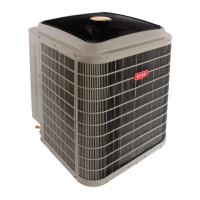
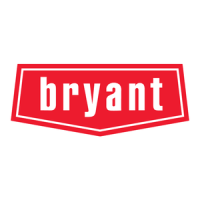

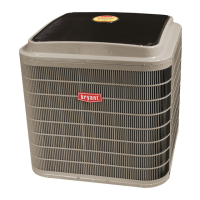
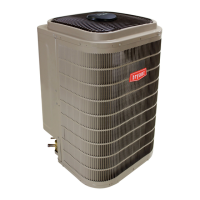
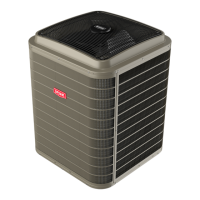





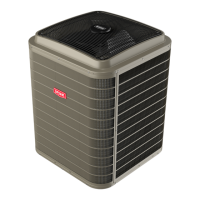
